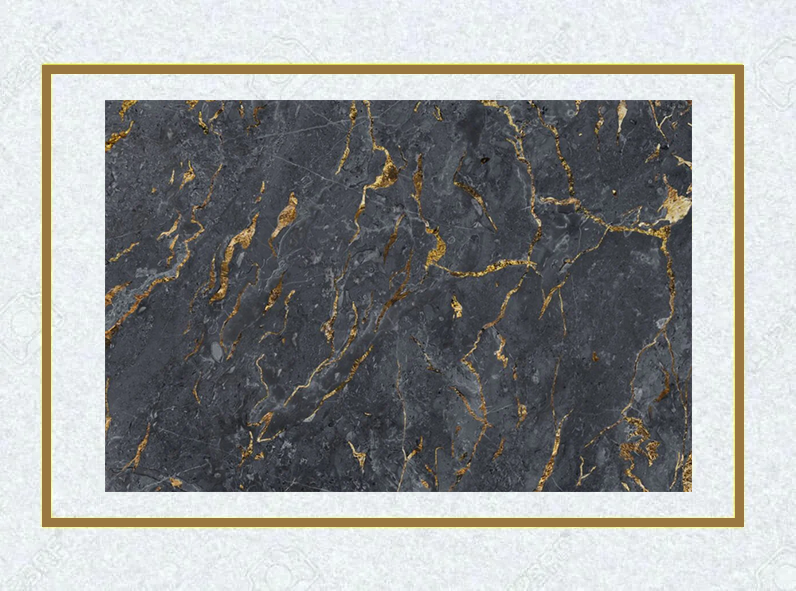Wastage of materials is a long-standing problem for the construction industry. It impacts project costs and adds to environmental degradation. However, advancements in technology are transforming how the industry operates. This is leading to the industry adopting more sustainable practices. Here is how cutting-edge technologies are significantly reducing construction material wastage.
- Building Information Modeling (BIM)
Building Information Modeling (BIM) is bringing about a major change in the construction process. It represents the physical and functional features of a project through the digital mode. It lets architects, engineers, and contractors collaborate more effectively. Everyone can visualize the entire project before starting with the construction process.
With detailed 3D models, stakeholders can plan material usage, identify potential clashes, and optimize designs better. This proactive approach reduces the over-ordering of materials. It also reduces the risks of errors during construction, ultimately leading to less wastage.
- 3D Printing
3D printing helps fabricate building components with remarkable precision. This technology ensures layer-by-layer construction of materials. When compared to traditional methods, it can reduce wastage significantly.
By creating only the exact amount of material needed for a project, 3D printing minimizes excess. This technology also opens up opportunities for innovative designs and custom components that align perfectly with project specifications. It can help reduce the risks of surplus materials further.
- Smart Sensors and IoT
The Internet of Things (IoT) and smart sensors are increasingly being integrated into construction sites to monitor material usage and waste in real time. These sensors track the supply of materials, detect when they are running low, and offer alerts to prevent over-purchasing.
Project managers can use IoT technology to analyze data about material consumption patterns. It helps them make informed decisions about inventory management. Construction companies can use smart technology to reduce material wastage and improve overall efficiency significantly.
- Prefabrication and Modular Construction
This involves manufacturing building components off-site, in a controlled environment, before transporting them to the construction site for assembly. It can help with precision manufacturing, where materials can be cut and shaped accurately, reducing errors and excess. Since components are produced in a factory setting, there is more control over quality and material usage. It leads to less on-site wastage.
Further, modular construction can streamline the overall building process. It can easily reduce construction time and minimize the risks of wastage further.
- Waste Management Technologies
Advanced waste management technologies play a big role in reducing construction material wastage. Innovative recycling methods are now being used to repurpose construction debris, such as concrete and metal shards, into new building materials.
Companies are also adopting software solutions for tracking and management of wastes generated on-site. It can be easier to get insights into areas where improvements can be made. Construction firms can use effective waste management strategies to minimize environmental impact, reduce disposal costs, and ensure a more sustainable approach to building.
As technology continues to advance, the potential for minimizing waste will only grow. It will pave the way for more efficient and eco-friendly construction practices.






